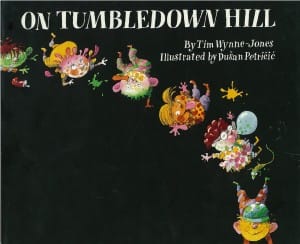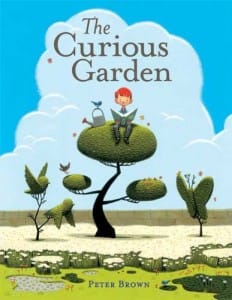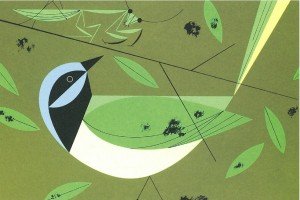 There are many obstacles on the way to my drafting table. As a result of a locally contained cosmic rip in the space-time continuum, unusually thick molecules have leached into the atmosphere, making the air almost impenetrable, effectively gluing my ass to the chair; movement of any sort nigh on impossible. The severe restrictions on mobility leave few options: reading, watching television, planning picnics with my cat.
Also, you know the horror movie gimmick where someone is trying to escape a bogeyman and the approach to the door suddenly telescopes out, making the door unreachable?
There are days when my drafting table seems a million miles away, even though it’s only a few feet from my chair. Artists face many challenges in their quest to put paintbrush to canvas, pen to paper, piss to copper Christ. It’s just part of the landscape.
There are many obstacles on the way to my drafting table. As a result of a locally contained cosmic rip in the space-time continuum, unusually thick molecules have leached into the atmosphere, making the air almost impenetrable, effectively gluing my ass to the chair; movement of any sort nigh on impossible. The severe restrictions on mobility leave few options: reading, watching television, planning picnics with my cat.
Also, you know the horror movie gimmick where someone is trying to escape a bogeyman and the approach to the door suddenly telescopes out, making the door unreachable?
There are days when my drafting table seems a million miles away, even though it’s only a few feet from my chair. Artists face many challenges in their quest to put paintbrush to canvas, pen to paper, piss to copper Christ. It’s just part of the landscape.
In Tim Wynne-Jone’s On Tumbledown Hill, an artist is repeatedly thwarted in his efforts to paint plein air by 26 unruly monsters, who are, “much bigger than me and stronger, too, with arms that are longer and thicker through.” The monsters, depicted as children, play and fight and wreak havoc with the painters ability to create. This is a GREAT excuse. Wish I’d thought of it.











